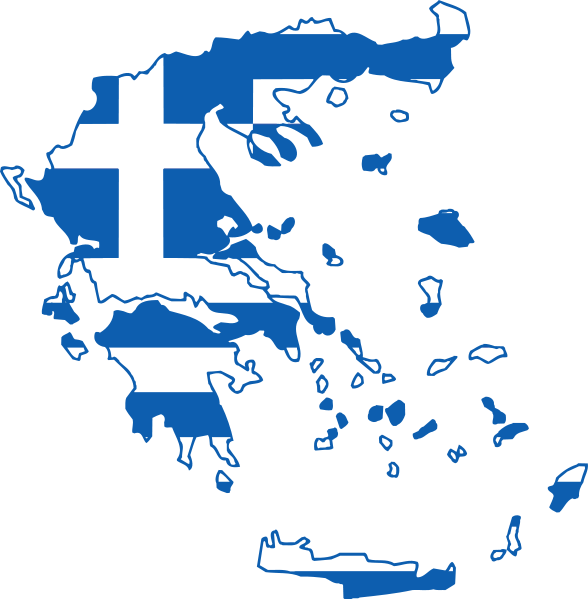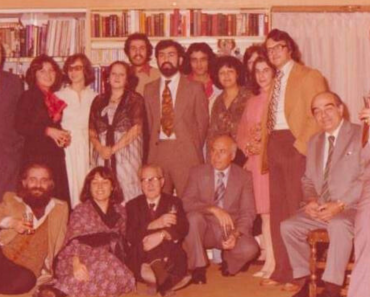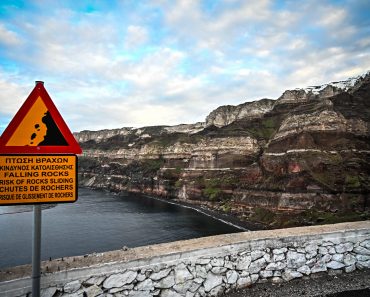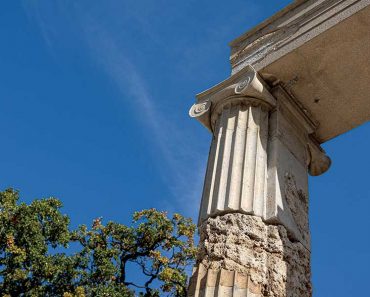
A Roman-era bridge was recently discovered in the ancient city of Elefsina, west of Athens during works for a suburban railway line.
The bridge was discovered by archaeologist Katerina Daskalopoulou and her team at a depth of just one meter below the surface close to the center of the modern city.
The team is currently examining the site to determine when the bridge was built and how it survived almost intact for over two thousand years.
Roman Emperors and ancient Elefsina
The ancient city of Elefsina, also known as Eleusis in ancient times, is a city in Greece with a rich history dating back thousands of years. It’s most famous for the Eleusinian Mysteries, ancient rituals and ceremonies dedicated to Demeter and Persephone, which were among the most important religious events in ancient Greece.
The city itself was strategically located on the fertile plain of Thriasian, about 18 kilometers northwest of Athens. In addition to its religious significance, Eleusis was an important center for trade and politics in ancient Greece. It played a role in various conflicts and alliances throughout its history, particularly during the Persian Wars and the Peloponnesian War.
The Eleusinian Mysteries, however, remain its most enduring legacy. These rituals were celebrated annually, and participation was believed to bring spiritual benefits and a hopeful afterlife. The secrecy surrounding the Mysteries has left much of their details shrouded in mystery to this day.

During Roman times, the city continued to be an important religious center, particularly for the Eleusinian Mysteries, which were embraced and supported by Roman emperors. The Romans, known for integrating Greek religious and cultural practices into their own, not only preserved but also enhanced the significance of the Eleusinian cult.
Several Roman emperors were initiated into the Eleusinian Mysteries, including Hadrian, Marcus Aurelius, and Julian the Apostate. Their support helped maintain the sanctuary’s prestige even as Rome dominated Greece. Hadrian, in particular, was a great admirer of Greek culture and contributed to Eleusis with construction projects.
Under Marcus Aurelius (161–180 AD), Eleusis saw significant renovations, including the construction of the Roman Triumphal Arch at the entrance to the sanctuary.
The Greater Propylaea, an impressive Roman-style gateway modeled after the Acropolis Propylaea, was built. The Telesterion, the main hall where the sacred rites were performed, was further developed.
In 2023 the ancient Greek city celebrated its ancient past by being nominated the Culture Capital of Europe.
Related: Eleusis, One of the Most Important Religious Sites in Ancient Greece







